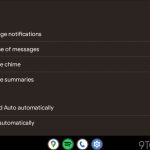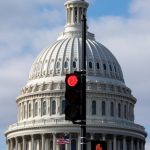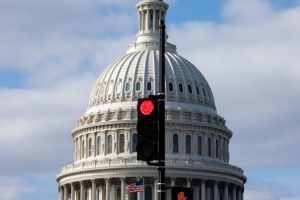First modification: Last modification:
July 11 is a historic date for many Cubans, who a year ago dared to take to the streets in massive protests. The July 11 demonstrations shook nearly 50 towns on the island to the cry of “Liberty” and “We are hungry.” RFI takes stock a year later with Ted Henken, professor of sociology and Latin American studies at New York University
The protest in La Güinera on July 12 of last year was the last gasp of the social outcry unleashed the previous day in Cuba. The demonstrations of July 11 shook about 50 towns on the island to the cry of “Freedom” and “We are hungry”, when the economic crisis that engulfs Cuba, the worst in three decades, was accentuating. That July 12, hundreds of people tried to reach the La Güinera police station, right at the entrance to the neighborhood.
Militants of the Communist Party of Cuba (PCC, unique) prevented it, accompanied by the largest anti-riot operation deployed in those two days by the government. Stones, bottles and sticks flew. The street was covered with glass and rocks. The anti-government marches, the largest since the triumph of the revolution in 1959, left one dead throughout the country, shot down in this same neighborhood by soldiers, in addition to dozens injured on both sides and more than 1,300 arrests, according to Cubalex. The government reported that 790 prisoners were charged and 488 received a final sentence, many for the crime of sedition with sentences of up to 25 years in prison. But the number of incarcerated is still not known precisely. The organizations Justicia 11J and Cubalex have documented 1,484 arrests.
On Monday, November 15 (15N), Cuban activists attempted new protests asking for rights for the people, and the release of political prisoners, among other things. However, the Cuban security forces and supporters of the Government stopped the protest attempts with arrests and siege against the demonstrators.
What balance to make a year later?
Ted Henken, professor of sociology and Latin American studies at New York University explains on the RFI antenna: “For 3 or 4 months there was an awakening in Cuba of hope for change driven by a group of citizens who sought a dialogue with the Cuban government to obtain civic changes and political rights but also in the rigidity of the centralized economy but later with the repression of a civic march in November by the government that hope has been lost from November until now and we have seen the forced exile of a good part of leaders and activists”
Henken compares this exodus of these eight months “with that of Mariel in the year 80” and affirms that “What has remained is a potentially independent civil society and there is also a range of independent digital media, although a good part of them operate from exile. But there is also an undemocratic government that systematically represses its citizens.”
Record number of migrations
Following the July 2021 demonstrations, thousands of Cubans decided to leave the island. This situation has been exacerbated in 2022, a year in which Cuba continues to face the worst shortage of food and medicine in decades, and disproportionate inflation.
In 2021, the United States Customs and Border Protection (CBP) registered 39,303 Cubans. So far in 2022, CBP has registered 140,602, more than triple last year’s total.
With AFP and own RFI sources








![[Img #74675]](https://thelatestnews.world/wp-content/uploads/2024/12/They-discover-a-new-class-of-X-ray-sources-in-the-150x150.jpg)





Add Comment